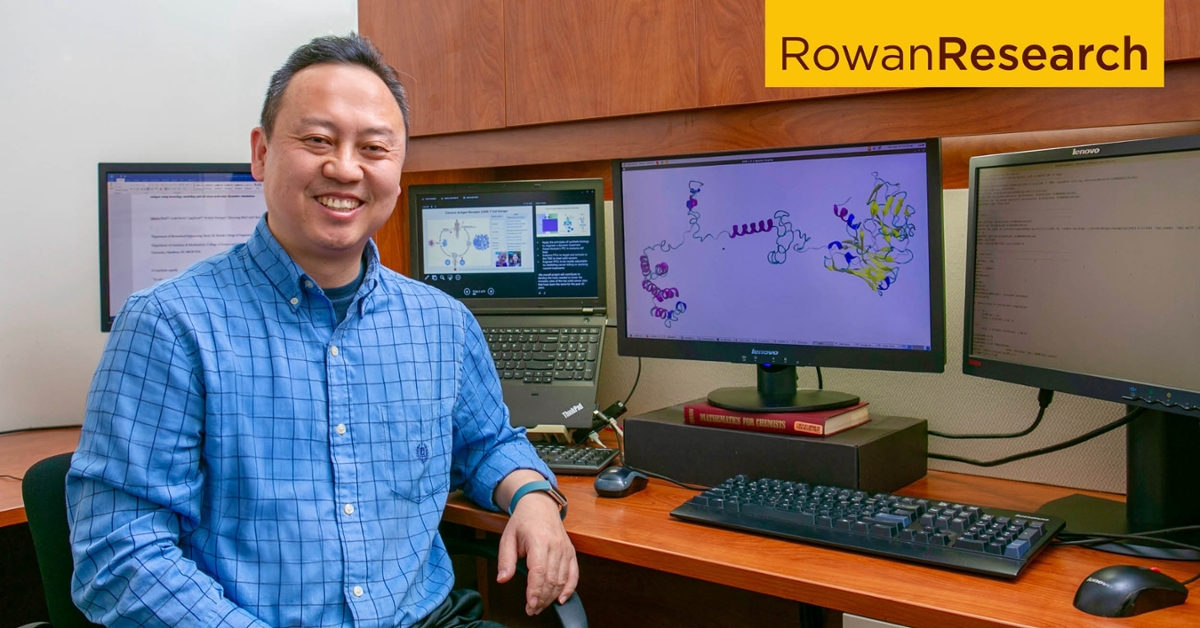Unlocking secrets of viral mutation
Unlocking secrets of viral mutation

Chun Wu, Ph.D.
Computational biochemist
Areas of expertise:
Bioinformatics, molecular modeling, molecular dynamics simulation
More informationViruses evolve to survive through adaptive mutations. Through the development of a novel tool for measuring the effects of mutations on evolution, Chun Wu, Ph.D., associate professor in the departments of Chemistry & Biochemistry and Biological & Biomedical Sciences in the College of Science & Mathematics, is advancing life sciences research and contributing to the development of effective new drugs and vaccines.
For decades, methods that fail to provide a complete picture of molecular evolution have limited researchers’ ability to assess the adaptive mutations of viruses. These long-standing methods require researchers to rely on assumptions based on outdated understandings of biology. The limitations of these existing methods also keep researchers from assessing the entire genome and capturing subtle mutations that can significantly impact how viruses persist, mutate and adapt.
Wu’s new bioinformatics tool addresses these limitations, expands the lens through which researchers can examine viral evolution, and paves the way for the proposal of the Near-Neutral Balanced Selectionist Theory to explain molecular evolution.
“The novel evolutionary theory our lab is proposing challenges existing theories such as the selectionist theory, the neutral theory and the near-neutral theory,” Wu said. “This approach provides a more accurate, more sensitive analysis of total evolutionary fitness effects of mutations.”
Wu is using his new evolutionary tool, which has already been published and verified through rigorous research, to develop a more accurate picture of how pathogenic viruses such as SARS-CoV-2 (the virus that causes COVID-19), HIV-1, the flu, monkeypox, Ebola and respiratory syncytial virus (RSV) adapt and evolve on a molecular level.
“In an era of rapidly emerging infectious diseases, our integrated approach to evolutionary theory and applied drug design can counter some of the world's deadliest pathogens,” Wu said. “Our new tool highlights viral vulnerabilities and, using computer-aided drug design techniques, facilitates the design of drugs and vaccines that can ultimately save lives.”
Rowan University researchers are passionate about what they do. Find more at Meet Our Researchers.